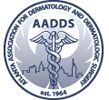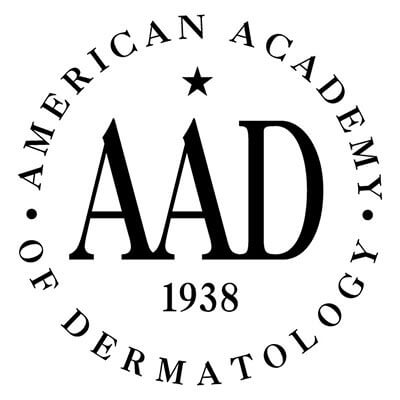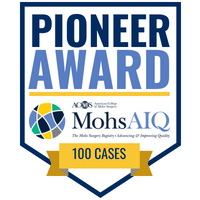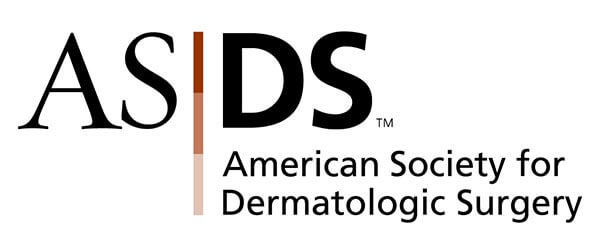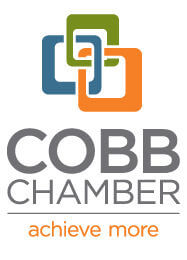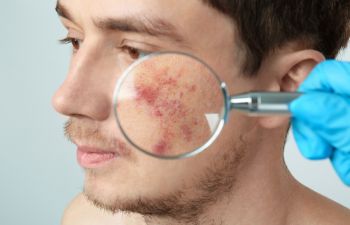
- What is acne?
- Acne Vulgaris is a chronic inflammatory disease of the sebaceous follicles (oil glands) which causes papules, pustules, cysts, and often scars. The most common sites involved are the face, neck, upper trunk, and upper arms. It is a disease of the adolescent, with 90% of all teenagers being affected to some degree. On the face it occurs most frequently on the cheeks, nose, and forehead. Comedones or blackheads are the most common lesions found. Mild acne may manifest as comedones and occasionally pustules. Moderate to severe cases have papules, nodules, cysts, and scarring.
- What causes acne?
- Multiple factors may contribute to acne, but the actual cause is unknown. Family history does play a major role in acne development, also overproduction of oil from the sebaceous glands contributes to its development. The organism Propionibacterium acnes (P. acnes) is the bacteria which contribute to the majority of acne development. This bacteria is found in abundance on the surface of the skin. Hormone changes are also a culprit in acne development, hence the reason the majority of people develop acne in their teenage years, however women can develop acne at any age secondary to normal hormonal changes throughout life. Birth control, pregnancy, and menopause can all be contributing factors to acne in women.
- What are treatment options for acne?
- Acne treatments vary depending on the severity of the acne; most options include topical retinoid, topical antibioticsm, and/or oral antibiotics. Topical therapy is the most common form of acne treatment. Topical therapy is used as preventative and maintenance therapy, the entire area is treated not just the lesions, and therefore long term use is required.
- Benzoyl peroxide is a very commonly used topical treatment used to suppress the P. acnes bacteria. Side effects associated with this medication are irritation to the skin with mild peeling, in which case the medication can be reduced to every other day Benzoyl peroxide can also be used in conjunction with topical antibiotics, such as Clindamycin or Erythromycin. The combination of using both of these medications is a more aggressive approach to reducing the bacteria resistance and therefore improving acne.
- Topical retinoids (Retin-A) play an active role in the treatment of acne. This medication is vital in the treatment of acne as it inhibits the formation of blackheads and whiteheads. Irritation, dryness, and erythema may be seen at the onset of treatment, however with time these side-effects should decrease. With all of the topical treatment options for acne therapy the key is compliance as well as longevity. Most medications must be given at least six to twelve weeks of treatment to measure efficacy.
- Oral antibiotics are also a great treatment option for patients with moderate to severe acne. The most common prescribed antibiotic is a form of tetracycline which also works by killing the P. acnes. The medication is taken once or twice daily; the therapy can last for months to even years. Side effects may include: yeast infection, nausea, photosensitivity and staining of growing teeth, which is why this medication should be avoided in pregnant women and children under the age of twelve. Birth control has also been proven as an effective form of acne treatment.
- The last form of acne treatment is Isotretinoin (Accutane). Accutane is a reliable remedy for all forms of acne however it is usually reserved for severe cystic acne. The normal course of accutane is five months of taking one to two pills daily. Approximately 40-60% of of patients remain acne free after a single course of Accutane. As with any great medication there are side effects associated with accutane, with the most significant being a certainty that it will cause severe birth defects if given during pregnancy, therefore the FDA has mandated a new program, IPledge program to help prevent pregnancies during accutane treatment. Increase in triglycerides is also a side effect of the medication however it is one that can be avoided or controlled with diet maintenance. The most common side effect is dry skin, which occurs in 90% of patients. This includes dry lips, eyes, and nose. Other rare side effects are mood swings and depression, especially if there is a history of any depression or psychological disorders.
Although there are many great medical therapies for acne there are also cosmetic options in the treatment of active acne and acne scarring. Among these options are microdermabrasion. Microdermabrasion is a lunch time procedure that is performed in a medical setting that causes an exfoliation of the superficial layer of the skin which can help open the pores, therefore topical medications are allowed to penetrate more efficiently. Microdermabrasion also helps with acne scarring, by helping reduce the pink and purple discoloration associated with scarring. The procedure only takes around fifteen minutes and after the procedure you can return to your normal day, with no downtime needed.
Superficial chemical peels are also a quick lunch time procedure that can help with active acne as well as acne scarring. Glycolic acid is a chemical that is placed on the face and neck that causes a mild stinging sensation. Three to four days following the procedure some patients have mild peeling of the superficial layer of skin, which is the exfoliation process.
If you are having trouble controlling your acne call for an evaluation at our Marietta Dermatologist office 770-426-7177.
Posted on behalf of
141 Lacy Street, Suite 200
Marietta, GA 30060
Phone: (770) 426-7177
FAX: (770) 426-7745
Email: kayaldermatology@gmail.com
Mon-Fri: 7:30 am – 5:00 pm

